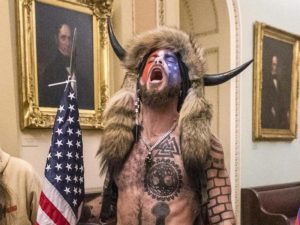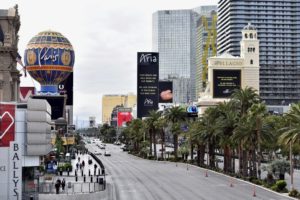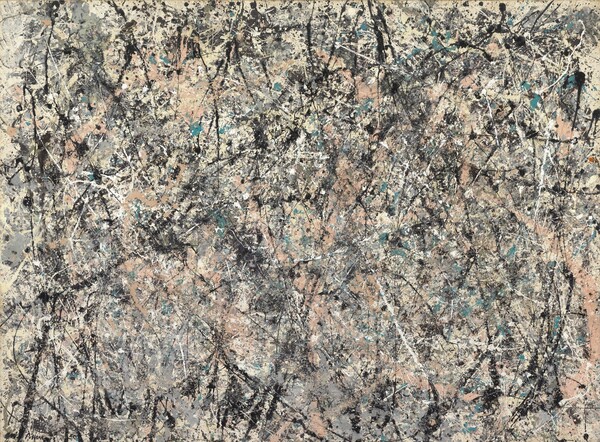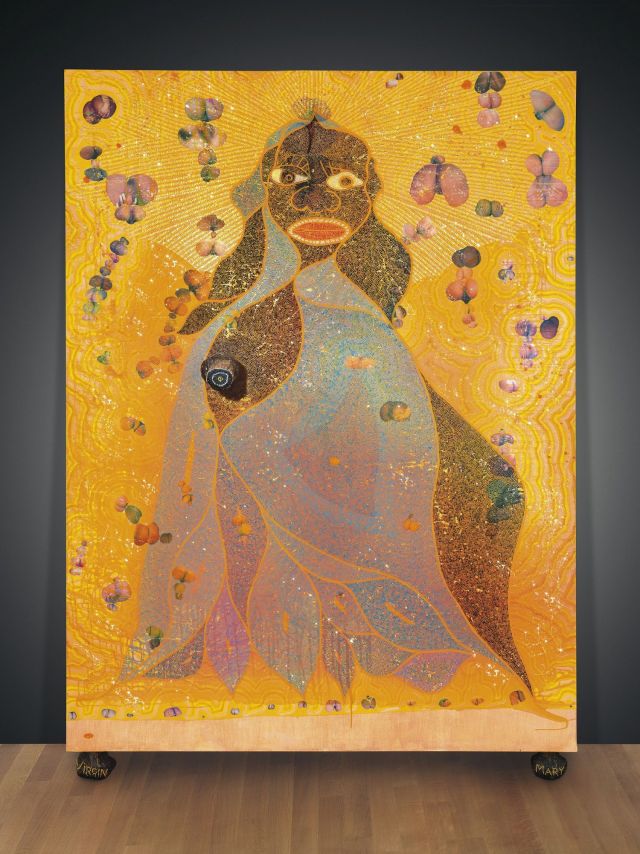
On the afternoon of January 6th, 2021, I was laying on the couch in my living room in a half-asleep daze after having my wisdom teeth removed that morning. Also on that day, a group of right-wing conspiracy theorists stormed the U.S. capital in opposition to the 2020 election, in what seemed like an attempted coup. To almost any other American watching the riot unfold, it was a horrifying and truly stressful moment for our country and its democracy. It showed just how far conspiracy and misinformation have truly gone in America. But in my state of swollen, cottony, painkiller-induced fog, it was just bizarre. I was aware enough to see what was happening, but the reality of it just didn’t connect. It was like watching a bad movie, complete with an unrealistic set of circumstances, events that could never happen in real life, and even costumes.
I frequently thank the powers that be that I wasn’t “all there” when I watched the January 6th coverage, being the anxious person that I am, but I am glad that it was on while I drifted in and out of sleep. There was a disturbing sense of artistry in the “demonstration,” with all the chanting and signs and flags; if it had been fictional, it would have been super entertaining. But the “art” of January 6th goes deeper than the riot itself, and really started years earlier.
Conspiracy is what sparked it all, and that is an art all in itself. While it’s still somewhat unclear how much misinformation was intentionally spread and how much was shared by true believers (as is the nature of social media and the Internet), the result still follows the artistic formula of hoax, conspiracy, and cult making. Most of the theories that inspired January 6th started back in 2017, but didn’t gain a lot of traction until the pandemic, which makes sense given the state of the American people in 2020. Large groups of people experienced a loss of purpose and connection while also dealing with mounting fear and anger, at not only the COVID-19 situation, but also political and societal issues that were also coming to a head at the time. These are the perfect conditions for misinformation to spread, and much like the virus itself, it did.

Whether this “art” was intentionally created or simply emerged from the public’s fears and desire for connection, there could be a certain beauty to it, if only we didn’t have to live with the consequences of it taking over our society. Even so, it is captivating, in the way a car wreck makes us turn our heads away from the road in front of us. If we look too long, though, we may end up in a wreck of our own, and consequently the object of others’ fear and awe. What happened on January 6th was real, and involved real people, despite the fictional claims that many of them believed. We are not immune to becoming part of an “artwork” such as this, as much as we would like to believe we are. Under the right conditions, anyone may fall victim to the art of conspiracy, and we have to remember that as we navigate a world that can spread harmful ideas in a similar way that it can spread a deadly virus.






